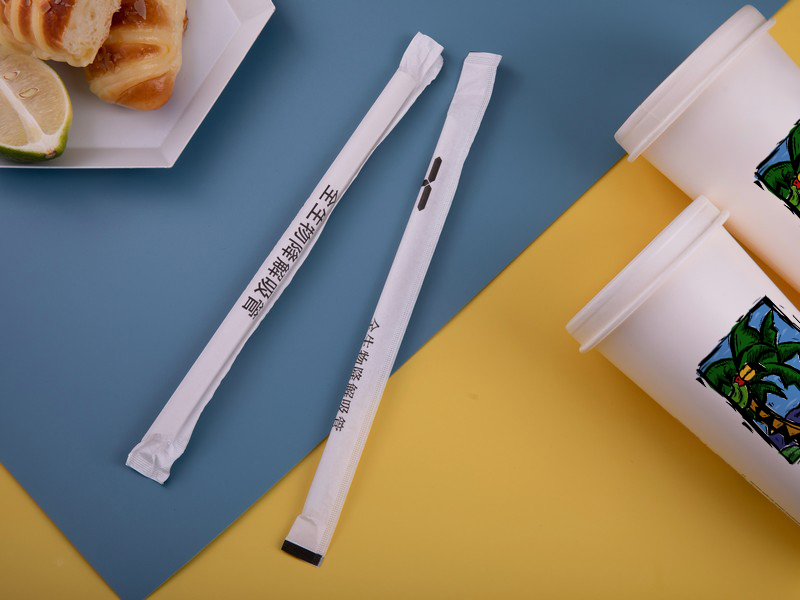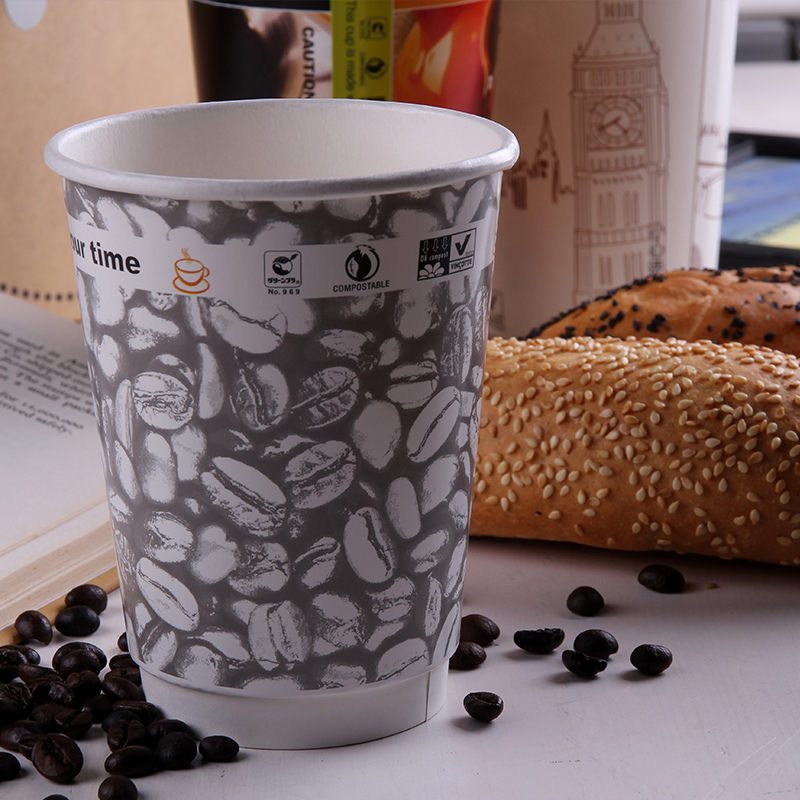
As you walk into any fast food restaurant, paper cups, holding a diverse range of hot and cold drinks from hot coffee to cold soft drinks, are a common sight.
They are the unsung heroes of the food service industry, meeting the demands for quick, efficient cold drinks solutions that cater to the on-the-go lifestyle of today’s customers.
In the whirlwind of fast food service, paper cups streamline the beverage-serving process, allowing outlets to dispatch drinks with speed and precision.
Disposable paper cups and paper bags have transcended their primary function of holding drinks and food, respectively, and now serve as a platform for fast food brands to showcase their identity.
From coffee shops to burger chains, these cups carry the logos and designs that consumers carry out the door, turning each sip into a subtle nudge of brand recognition.
The Custom Printed Paper Cup Advantage
In a highly competitive market, branded paper cups have emerged as an effective branding tool in the fast food packaging landscape.
These custom printed paper cups not only quench thirst but also serve as mobile billboards, flaunting vibrant designs that catch the eye and carry the brand into the public sphere.
With the advancements in printing technology, businesses can now adorn their printed paper cups with intricate logos, full artwork, and even special effects that were once a pipe dream.
The Environmental Equation: Paper vs. Plastic Cups
Choosing between paper and plastic cups isn’t merely a matter of preference for beverage containment; it’s an environmental dilemma.
While plastic cups may boast lower CO2 emissions during production, paper cups require more energy and water to create.
However, the tide is turning, thanks to innovations designed to reconcile paper cups with environmental stewardship.
Some paper cups now sport minimal plastic coatings, making them friendlier to the recycling process and lessening their ecological footprint.
Fast food restaurants face the challenge of satisfying environmentally aware customers and simultaneously assessing the environmental impact of their packaging.
The shift towards paper cups with reduced environmental repercussions is a step in the right direction, signalling a commitment to sustainability that resonates with the values of today’s consumer.
Innovations in Eco-Friendly Paper Cup Design
The fast food industry has witnessed a sustainability revolution, with paper cups spearheading this eco-friendly movement.
Global giants like Starbucks and Costa Coffee are leading the way, with initiatives that not only reduce plastic waste but also incorporate sustainably sourced materials into their cups.
These efforts are part of a larger trend towards smart, sustainable packaging solutions that include edible materials, plant-based alternatives, and reusable systems, which are set to shape the future of fast food packaging.
Recent years have seen the emergence of premium-quality, heavy-duty boards that enhance the structural integrity and insulation of paper cups, suitable for a multitude of beverages.
These advancements go hand-in-hand with recycling-friendly designs and reusable packaging, adding to the growing emphasis on sustainability for potential customers and reducing packaging waste.
As part of the push for a circular economy, industry collaborations, such as those fostered by the NextGen Consortium, are pivotal in driving forward these eco-conscious packaging solutions, further contributing to reducing packaging waste.
Hot Trends: Biodegradable and Compostable Paper Cup Options
With the increasing demand for waste reduction, biodegradable and compostable paper cups are gaining prominence.
As bans on non-recyclable plastic cups come into effect, the market for sustainable paper cups is expected to swell at a significant rate.
These cups are often coated with plant-based PLA, bear certification for compostability, and use non-toxic inks, ticking all the boxes for environmentally conscious customers.
Forward-thinking companies are harnessing technologies like EcoCoating to enhance the recyclability of paper cups, while others, such as the creators of the BioCup, utilise FSC certified paper and plant-based coatings.
These advancements are more than just eco-friendly measures; they cater to a rising consumer demand for environmentally impactful choices.
Sealing the Deal: Lids and Accessories for Paper Cups
Accessories that enhance the paper cup experience should not be overlooked.
Eco-friendly lids and coffee sleeves, which ensure a secure fit and temperature maintenance, also provide additional space for branding.
These components are integral to the takeaway packaging experience, offering the practicality that customers expect and the opportunity for businesses to further imprint their brand identity onto the customer’s mind.
Summary
As we’ve unravelled the story of paper cups in the fast food industry, it’s clear they are much more than containers for our daily brews and sodas.
They are a testament to the industry’s adaptability and responsiveness to consumer trends, branding imperatives, and environmental concerns.
With each innovation, paper cups continue to redefine their role, balancing utility with responsibility, and crafting an experience that resonates well beyond the last drop.
Frequently Asked Questions
What makes custom printed paper cups an effective branding tool?
Custom printed paper cups act as mobile advertisements, offering high visibility and extending brand presence outside the restaurant, making them a potent tool for marketing and customer engagement. They can feature eye-catching designs, logos, full artwork, and special effects, thanks to advanced printing technologies.
How do paper cups compare environmentally to plastic cups?
While paper cups initially require more resources to produce than plastic cups, advancements in paper cup design, such as reduced plastic coatings, are making them more recyclable and environmentally friendly.
What are some of the latest innovations in paper cup design?
The latest innovations in paper cup design include heavy-duty boards for better stability and insulation, recycling-friendly designs, and sustainable materials such as plant-based PLA coatings for biodegradable options. These innovations aim to improve the functionality and environmental impact of paper cups.
Why is there a growing demand for biodegradable and compostable paper cups?
There is a growing demand for biodegradable and compostable paper cups because of increasing environmental awareness, legislative bans on non-recyclable plastics, and consumers’ desire for sustainable products. These cups meet the demand through features like plant-based coatings and compostability certifications.
Can lids and accessories for paper cups also be eco-friendly?
Yes, there are eco-friendly options for lids and accessories that are designed to match the sustainability of the cups themselves, including materials that align with eco-friendly attributes.








